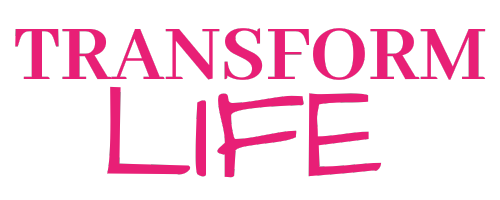
There are a few specific techniques that speech-language pathologists (SLPs) use when working with bilingual children to support their language development in both languages. Here’s a breakdown of some effective techniques:
11 Bilingual Techniques and Strategies in Speech Therapy
1. Bilingual Language Modeling
Technique: The SLP provides models of correct language use in both languages during speech therapy sessions. This can include using rich vocabulary, correct grammar, and appropriate language structures in both languages.
Application: For example, if a child is working on vocabulary, the SLP might introduce new words in both languages during the session, ensuring that the child learns the same concept in both languages
2. Translation and Code-Switching Practice
Technique: Encourage the child to translate words or sentences from one language to another or to code-switch appropriately.
Application: During a storytelling activity, the SLP might ask the child to retell a story they heard in one language using the other language. This practice helps reinforce concepts across both languages and improves cognitive flexibility.
3. Cognate Awareness
Technique: Teaching the child to recognise and use cognates—words that look or sound similar and have the same meaning in both languages (e.g., “familia” in Spanish and “family” in English).
Application: The SLP might explicitly point out cognates during vocabulary activities, helping the child make connections between the languages and expand their vocabulary in both.
4. Language-Specific Activities
Technique: Design activities that target specific language skills in one language at a time, while considering cross-linguistic influence.
Application: If a child struggles with sentence structure in one language, the SLP might focus on activities that specifically target grammar in that language, using familiar vocabulary to avoid overwhelming the child with new information in both languages simultaneously.
5. Parallel Talk
Technique: The SLP describes what the child is doing in both languages, providing a language model without directly asking the child to speak.
Application: During play, the SLP might say, “You’re putting the block on the tower. Estás poniendo el bloque en la torre,” which provides the child with parallel structures in both languages.
6. Interactive Storytelling and Book Reading
Technique: Reading books in both languages and engaging the child in discussing the story in both languages. This technique can help with narrative skills, vocabulary development, and comprehension in both languages.
Application: The SLP might read a page in one language and then ask the child to summarise or answer questions in the other language. The SLP could also use dual-language books, switching languages on each page.
7. Recasting and Expansion
Technique: When a child says something incorrectly, the SLP repeats it correctly (recasting) or adds more information to what the child said (expansion) in both languages.
Application: If a child says, “He eated,” the SLP might recast by saying, “He ate. Él comió.” Then, expanding by saying, “He ate an apple. Él comió una manzana.”
8. Contrastive Analysis
Technique: Highlighting differences between the two languages to help the child understand distinct language rules.
Application: For example, explaining the difference in word order between English (Subject-Verb-Object) and Spanish (which can sometimes have flexible word order) during sentence construction activities.
9. Total Physical Response (TPR)
Technique: Using physical movement to reinforce language learning, which is particularly effective for younger children or children with limited verbal output.
Application: The SLP might use actions while saying phrases in both languages, like “Jump! Salta!” while encouraging the child to jump. This helps the child associate the action with the words in both languages.
10. Using Visual Supports and Cues
Technique: Visual aids like pictures, flashcards, or objects that are labeled in both languages to reinforce language concepts.
Application: For vocabulary building, the SLP might use picture cards with the word in both languages. When teaching new words, the SLP can point to the picture and say the word in both languages, reinforcing the connection between the visual and the language.
11. Parent and Caregiver Training
Technique: Educating parents on how to support their child’s bilingual development at home. This may include strategies like speaking both languages regularly, reading bilingual books, or reinforcing speech therapy goals at home.
Application: The SLP might give parents specific activities to do at home, such as practicing new vocabulary in both languages during daily routines, like naming foods during meals or objects during play.
Conclusion
These techniques are often used in combination, tailored to the child’s specific needs, language proficiency, and cultural context. The goal is always to build strong language skills in both languages while supporting overall communication effectiveness.

Transform Life is a NDIS registered organisation that provide support for you and your family.
Book your consult with an experienced Therapist at Transform Life to explore how Positive Behavioural Support, Occupational Therapy and Speech Therapy can support you and your family.








